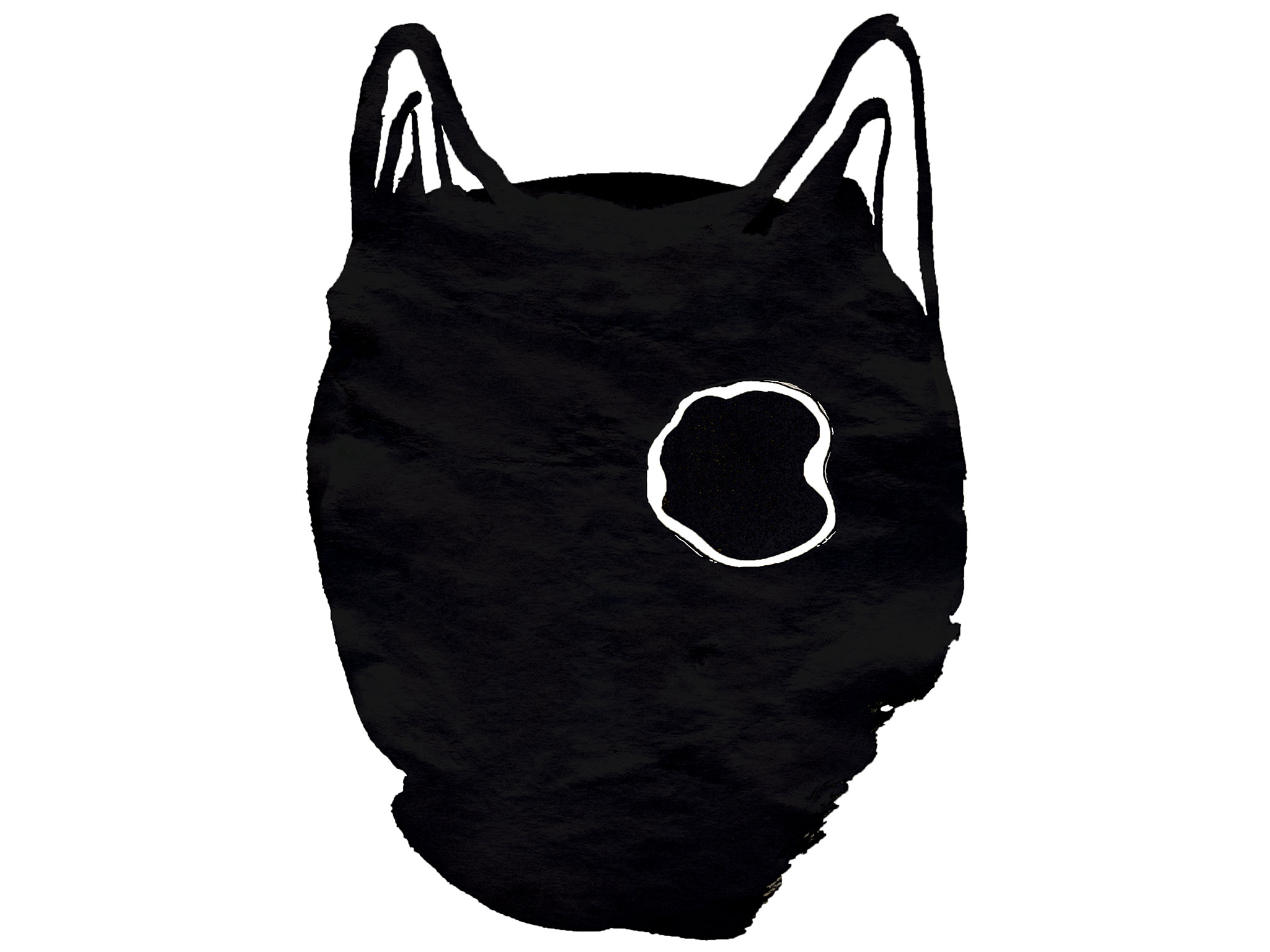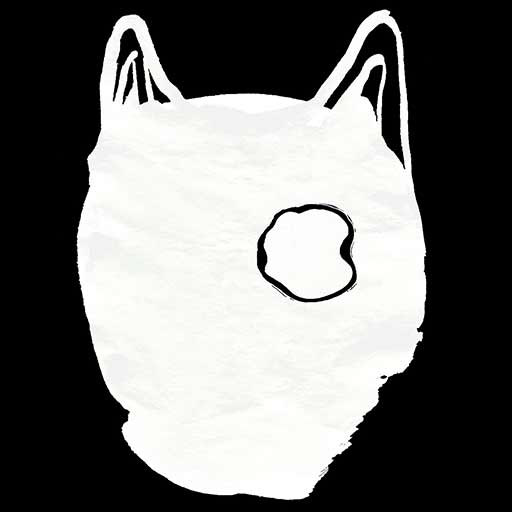Waters of Change
Presentation of the Liquid Memories /liquid publication project to the Waters of Change Archive. Curated by The Disappearing Dialogues Collective, the archive brings together artistic and community practices associated with Water issues. It makes the case for a reimagination of humanity’s relationship with nature – with an emphasis on interpersonal associations, connections and aspects of nourishment and care. [see the Archive here]
Hi, my name is paula roush and i’m a photographer based in London.
I am the founder of msdm: it spells out mobile strategies of display & mediation.
msdm started as a collective art platform and developed through
the gentrification that displaced many creatives out of London.
In 2015, following the lack of affordable studio space,
msdm started occupying vacant buildings and converting them
into a model of House-Studio-Gallery
defined by a triple purpose of living, making and sharing.
It is a mobile strategy of place-making.
Part of a broader sensibility towards temporary urbanism
and people’s right to the city.
Our mission is to create projects that are both sites of display and mediation,
interweaving artistic practice with research and dialogue,
presented in installation and publishing.
We are currently studying water as theme and medium
that embodies such mobility in visual and material ways.
The project titled Liquid Memories is part of Francisco Varela research
around the urban area of Pasteleira Water Reservoir and Park
in the city of Porto, in Portugal.
Concrete stains, marks and variations resulting from the contact of water
with photographic prints allowed for unpredictable meanings and processes to emerge
against fixed notions of photographic archives and memory.
The Liquid Memories publication assembles the works of 23 authors
inspired by the Liquid workshops that took place online between January and March 2021.
The brief was to develop the liquid materiality of photographic archives
in a way that would visualise its liquidity at a surface level.
We used official archives of Porto Water companies as well as personal archives.
The publication contains works in multiple formats,
displaying the interconnected themes of remembrance,
self- transformation and environmental care for rivers and oceans
that lead us to an expanded understanding of water as a symbol
for conscious awareness and solidarity with nonhuman kin.
paula roush / Francisco Varela / Natercia Caneiro/ David Goldenberg/ Raul Simões/ Maria João Ferreira/ Manuela Vaz / Ana Botelho/ Alice WR/ Carla Fragata/ João de Goes/ Eduardo Sousa Ribeiro/ Renato Roque/ Betina Dal Molin Juglair/ Miguel Marecos/ Joana Nascimento Manuela Matos Monteiro/ Eliane Velozo and Severino Iaba/ Susana Paiva/ Inês R. Amado/ Teresa Huertas/ Luís Carvalhal
CAPTURE
Maria João Ferreira
An-archival processes of image capture, performed through a deviation in the standard digitisation procedure.
Dragging historical images across the scanner’s glass, the indexical referents are liquified through processes of appropriation
and alteration by Maria João Ferreira. The original images by photographer and printmaker Marques de Abreu, were first
published in 1909 in the study "Contribution to Hygiene in Porto" and are the 2nd study of water infrastructure and its
relationship to public urban health in the city of Porto (the first was dated 1908) by medical doctor Bahia Junior.
The document is held in the archives of the company Águas do Porto (Porto Waters).
DEEP MUDS
Miguel Marecos
Rephotography of historical portraits by Miguel Marecos who developed a DIY methodology using a toy camera
and a bag of water. People from Porto – adults and childen – who featured in the street photography included in
the 1909 study "Contribution to Hygiene in Porto," had their faces cropped and rephotographed through an
optical devide built out of a transparent bag filled with Douro tap water.
These are complemented with a set of meditation cards, used for guided exercises focusing on the felt sense of
water and liquidness of the soul.
ROUGH WATER
Joana Nascimento
Accordeon book and two posters documenting multiple processes of liquid experimentation with tap water from the Douro River. The narrative crosses the personal photographic archive of Joana Nascimento and the historical arquives of the Porto Waters, namely the 1909 study for the Hygine of Porto City (J. Bahia Junior). A multiplicy of methodogies was used that include: freehand writing, paper marbling, photographic collage and the use of stone and ice as writing tools and performative devices.
THE LAKE
João de Goes
This lake, before being a pond for ducks, made bathing and diving possible for children. It was 1981. João de Goes found family photographs that awakened his memoryand become a starting point for this project, focused essentially on three concepts: diving, surface and transparency. Taking into account the forty-year interval between dives and the conceptualization of the project, the number of forty images was fixed. Ten series, each with four images. In each series, the first image is repeated in the subsequent three, as it indicates precisely the bath and the contact with water, the child's plunge whose purity validates the absence of any overlap in the first image. In the second, concrete is superimposed, the surface of the structure that supports water and simultaneously manifests the aging of matter. In the third, the surface of the water is superimposed, with the substances that float on the surface. And finally the fourth, the overlapping of the previous three, representing the body, the dive, the surface and the bottom. The final result of the project is a 158x132cm vertical rectangular panel.
DEATH MUD
Eliane Velozo and Severino Iaba
On November 5, 2015, in Mariana, Minas Gerais, Brazil, a dam of mineral waste breaks, causing destruction in the rivers and forests where the mud passes by. Nineteen people die buried in this toxic sludge. On November 11, 2015, reacting to what happened, the artists Eliane Velozo and Severino Iabá perform the 'site specific' 'Death Mud', in the center of Belo Horizonte city, in Plaza 7, a place thousands of people pass by every day. The public becomes involved in the project, pouring drinking water over the performer's body, easing his suffering under a scorching sun, which is also a metaphor for the impossibility of minimizing the suffering of those who died in Mariana.

